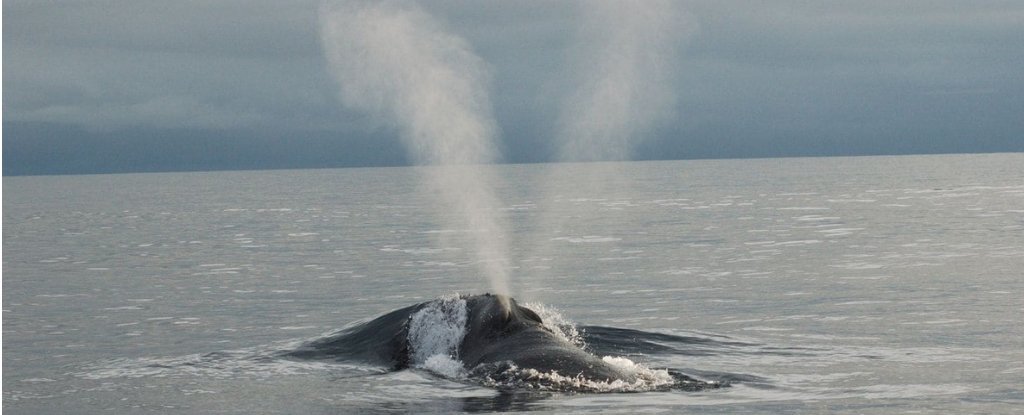SOURCE: Science Alert
DATE: August 2, 2019
SNIP: A Canadian surveillance plane was scanning the waters of Gulf of St. Lawrence when it made a grisly discovery: The carcass of a North Atlantic right whale, one of some 400 remaining in the world, was drifting in the current, much of its skin sloughed off.
From there, the news would only get worse. The next day, another dead right whale was spotted in the same body of water. And an 18-year-old right whale was entangled in fishing gear near Quebec, with a rope cutting into its head and over its blowhole.
It’s been a devastating summer for the endangered marine mammal. Since the start of June, eight North Atlantic right whales — or 2 percent of the global population — have been found dead in Canadian waters, alarming scientists, conservationists and government officials who had believed they had begun to make progress in protecting the imperiled species.
Necropsy results are still pending for most of the whales, but preliminary findings for three of them suggest ship strikes.
Particularly troubling about this year’s deaths is that four of the whales were breeding females, of which fewer than 100 remain. Calving rates have dropped 40 percent since 2010, according to scientists at the Woods Hole Oceanographic Institution, making the deaths of the females a major blow.
Many say the decline is linked to a change in the whales’ migratory pattern, possibly as a result of warming waters. They’ve been showing up in unanticipated areas, where there are few regulatory protections for them.
This has made them susceptible to fatal blows from fast-moving ships or entanglement in fishing lines, which can cut through flesh and bone, slowly and painfully killing the whales by drowning, starvation or infection.
Researchers found that 88 percent of right whale deaths for which a cause was determined in the past 15 years were the result of either vessel strikes or entanglement. None of the deaths, they reported in a study published last month in the journal Diseases of Aquatic Organisms, were the result of natural causes.

